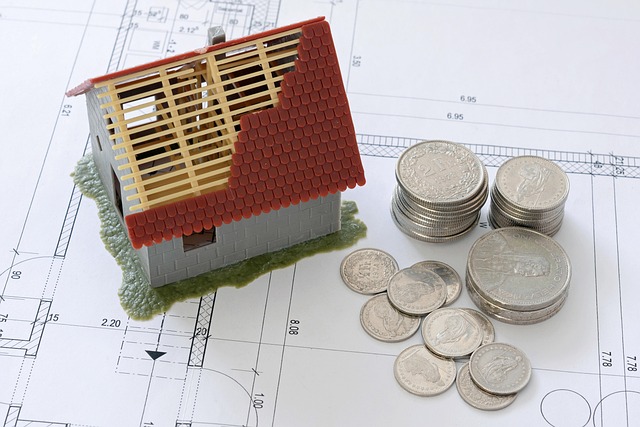What You Need to Know About Bank-Owned and Foreclosed Property Prices
Understanding the pricing of bank-owned and foreclosed properties requires knowledge of how these properties enter the market and the various factors that influence their values. These properties often present potential cost savings for buyers, but they also come with unique considerations and risks that differ from traditional real estate transactions.

How Do Properties Become Bank-Owned?
When homeowners default on their mortgage payments, the property enters foreclosure. The bank initiates legal proceedings to take possession of the property, and once completed, the property becomes Real Estate Owned (REO) or bank-owned. This process typically involves multiple stages, including pre-foreclosure, auction, and finally, listing as an REO property if it doesn’t sell at auction.
What Determines Foreclosed Property Prices?
Several key factors influence the pricing of bank-owned properties. Location remains a primary consideration, as with any real estate. Property condition significantly impacts price, as foreclosed homes often suffer from deferred maintenance or damage. Market conditions, including local housing demand and inventory levels, also play crucial roles in determining list prices.
How Do Bank-Owned Properties Compare to Traditional Listings?
Bank-owned properties typically sell at lower prices than comparable traditional listings, but this difference varies significantly by market and property condition. While traditional homes usually come with seller disclosures and warranties, foreclosed properties are generally sold “as-is,” which can affect their market value and appeal to buyers.
What Additional Costs Should Buyers Consider?
Beyond the purchase price, buyers of foreclosed properties often face additional expenses. These may include:
-
Repair and renovation costs
-
Title search and insurance fees
-
Property inspection expenses
-
Possible liens or back taxes
-
Utility reconnection fees
Current Market Pricing for Foreclosed Properties
The following table provides general pricing insights for foreclosed properties compared to traditional listings across different property types:
| Property Type | Average Foreclosure Discount | Typical Condition Issues | Additional Cost Considerations |
|---|---|---|---|
| Single-Family | 15-20% below market | Deferred maintenance | $5,000-$50,000 renovation costs |
| Condominiums | 20-25% below market | HOA dues, updates needed | $3,000-$30,000 renovation costs |
| Multi-Family | 10-15% below market | System repairs required | $10,000-$100,000 renovation costs |
Prices, rates, or cost estimates mentioned in this article are based on the latest available information but may change over time. Independent research is advised before making financial decisions.
What Are the Financial Requirements?
Purchasing foreclosed properties often requires specific financial preparations. Buyers typically need pre-approval for financing, proof of funds for cash purchases, and additional reserves for repairs and renovations. Some lenders offer specialized loan programs for foreclosed property purchases, which may have different requirements than traditional mortgages.
Understanding these various aspects of foreclosed property pricing helps potential buyers make informed decisions about whether pursuing these opportunities aligns with their real estate investment goals and financial capabilities. The potential for savings must be carefully weighed against the additional risks and costs associated with foreclosed properties.




